Freud Museum, London
A review of the Freud Museum, the house where Sigmund Freud spent his last days and Anna Freud preserved his memory over several decades. A real insight into their family life, as well as a wonderfully atmospheric shrine to the original psychoanalyst.
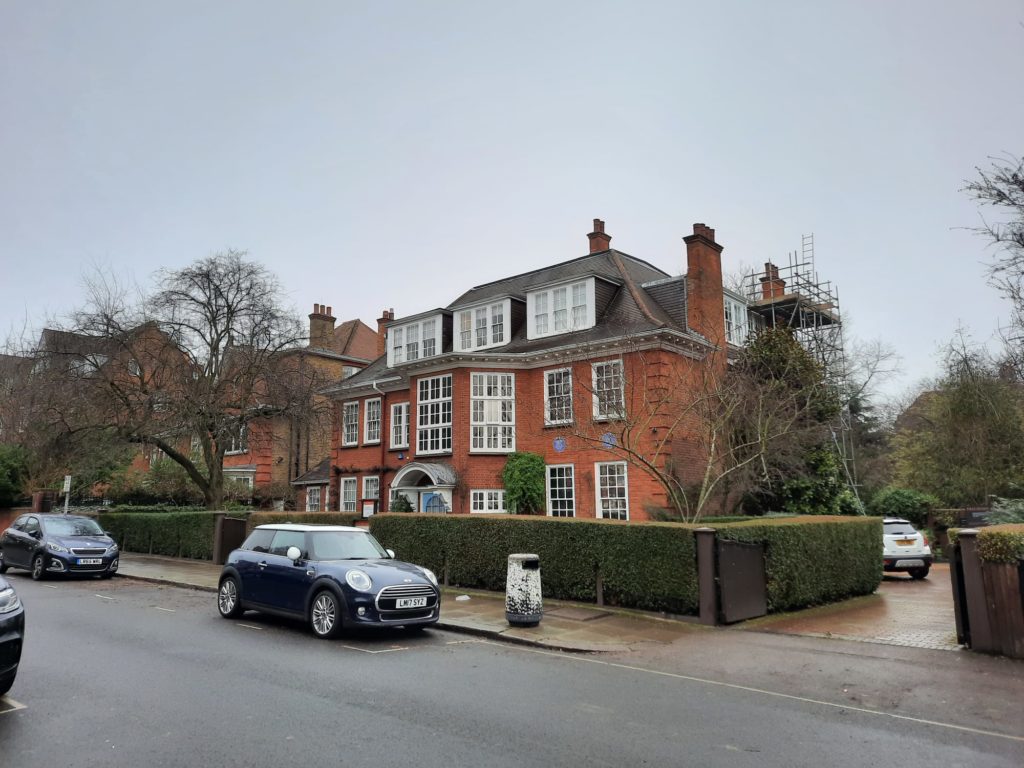
The Freud Family In London
I recently had the opportunity to visit the Freud Museum, in the North London suburb of Hampstead. We don’t typically associate Freud with London, so as a starting point I want to give a little history of how the Father of Psychoanalysis ended up here.
The short answer is (maybe inevitably?) the Second World War. Freud was born in what was then the Austrian Empire (now the Czech Republic). He trained as a doctor of medicine at the University of Vienna, and lived and worked in the Austrian capital from that point onwards. Freud developed psychoanalysis from the 1890s: I have very little working knowledge of psychoanalysis, but would describe it as a theory of (and treatment for) psychological disorders on the basis of theories of infantile experiences and repressed trauma. A lot of it has seeped into general parlance, of course, like talking about a Freudian slip, Oedipus complex or penis envy.
But anyway, back to WWII. Freud and his family were/are Jewish. His fame and connections were not enough to exempt him from persecution. They were, however, enough to afford him special treatment. In 1938, after the Anshluss/annexation of Austria, the situation became untenable. Freud, his wife, and various family members including his sister in law were allowed to leave. Freud was even able to send for his personal possessions: more on this later.
So this is how the Freud family ended up in London. Freud was in his 80s by this point, and already suffering from a smoking-related cancer. A son who was already established in London helped to get them settled in Hampstead, and Freud briefly resumed treating patients and writing, before he died on 23 September 1939.
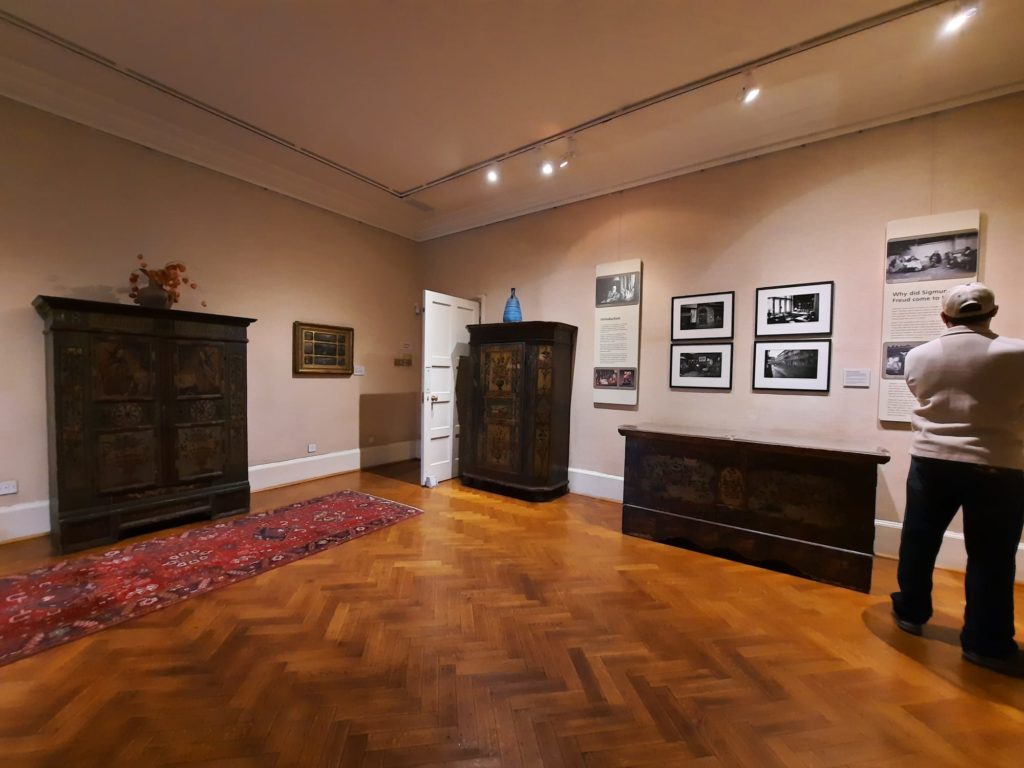
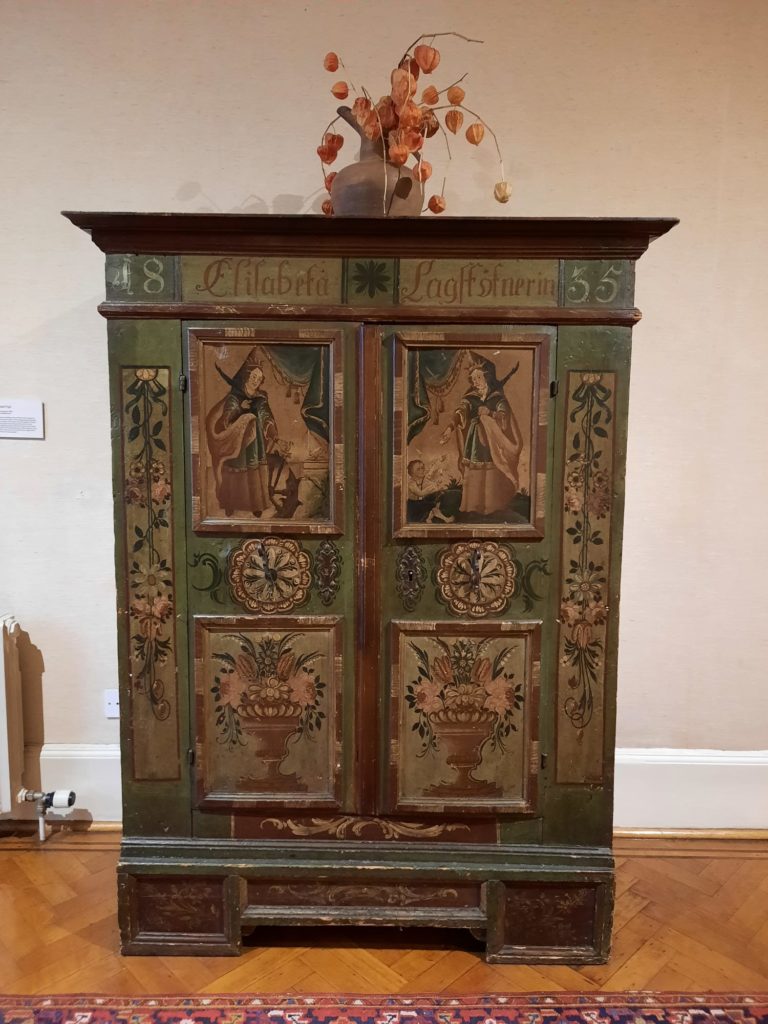
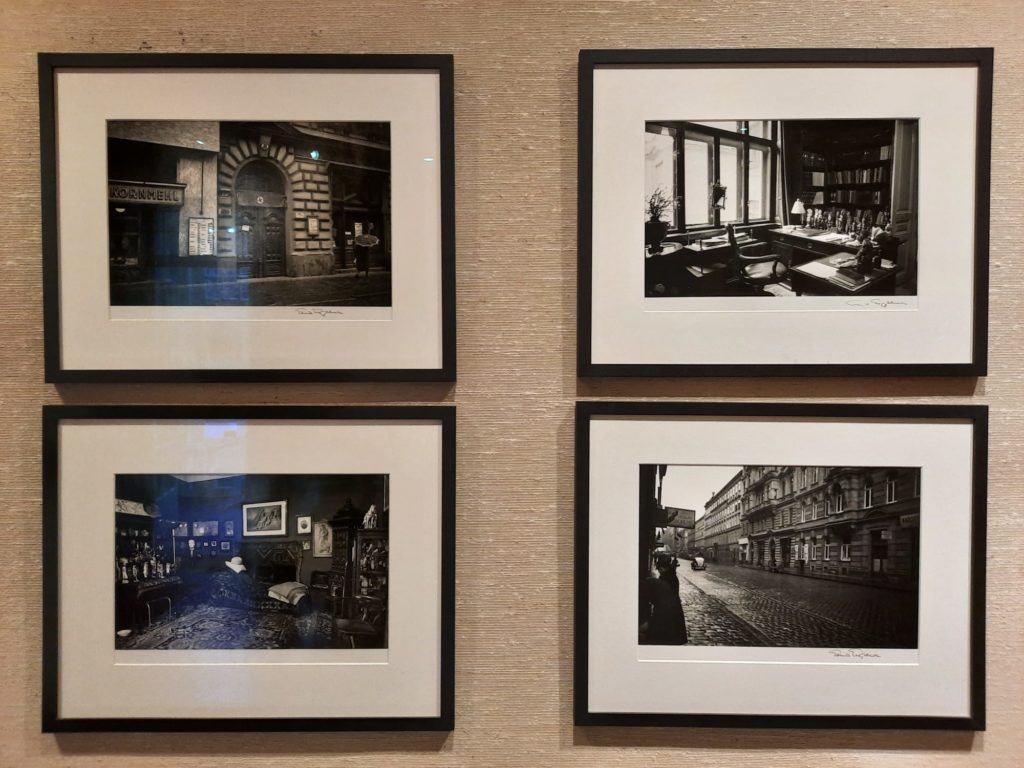
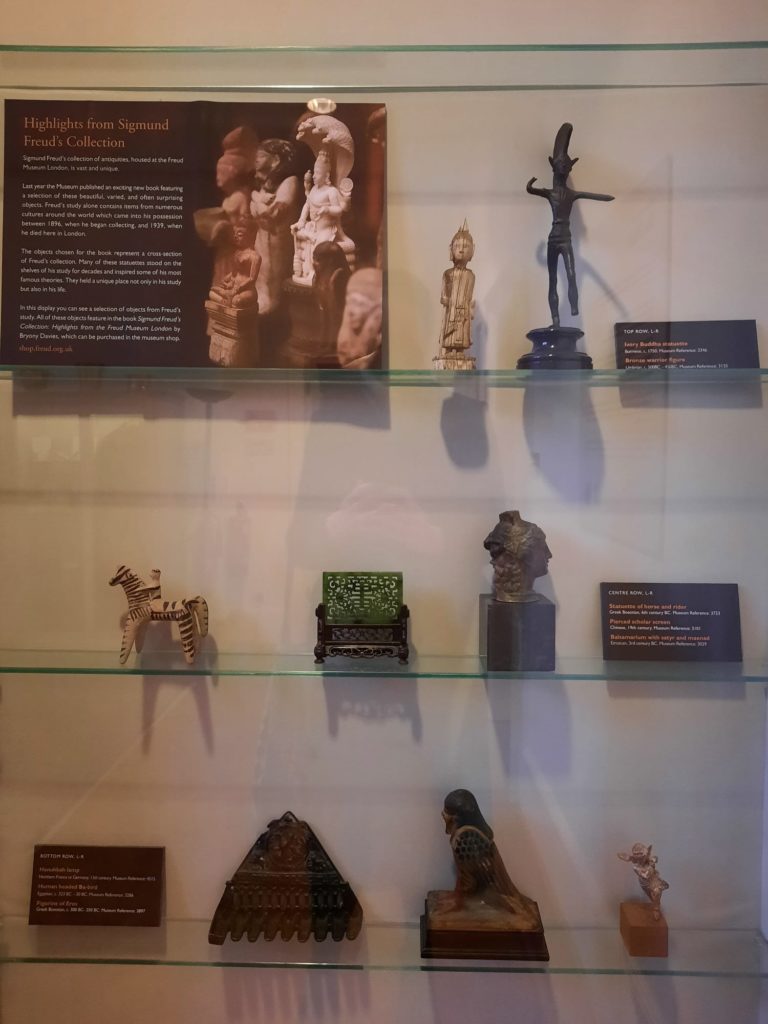
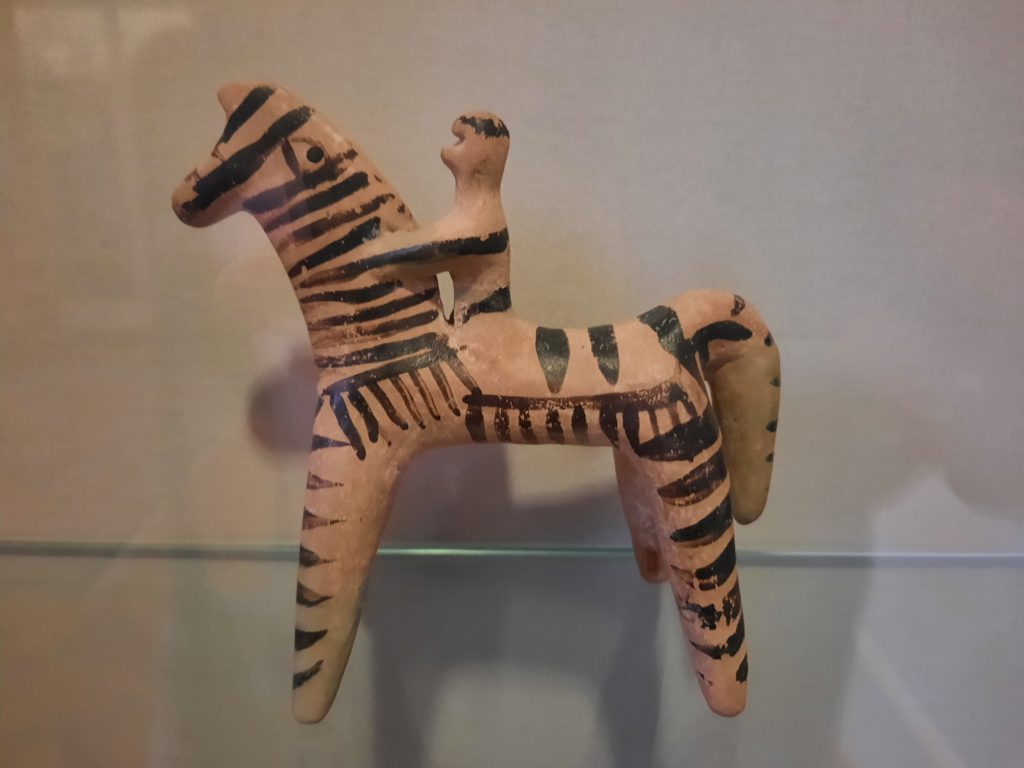

Becoming The Freud Museum
So all in all, Sigmund Freud did not live in London for very long. But given several Freud family members including four of his sisters died in concentration camps, he was at least safe for his final months. His wife Martha outlived him by more than a decade, dying in 1951.
The house in Hampstead remained in the Freud family for many years. His daughter Anna, an important figure herself in psychoanalysis, lived there until her own death in 1982. It was her wish that the house become a museum, and it opened to the public a few years later in 1986.
This long history as a lived-in home has led to quite an interesting museum experience today. As I mentioned earlier, the Freuds were able to bring their personal possessions out of Austria, including the likes of Biedermeier furniture which had been in their Vienna apartment at Berggasse 19. Anna Freud, however, had rather different tastes. Austrian peasant furniture, to be precise. Today, both coexist in 20 Maresfield Gardens.
The undeniable star of the show, however, is Freud’s consulting room and study. This room was preserved by Anna after her father’s death. Today, several decades later, this allows us to see the objects Freud surrounded himself with, and how he adapted them to a new setting in London. It’s very evocative.
But there are certain practical necessities to running a museum which means that you either have your office space elsewhere, or you carve some out of the house. The Freud Museum has done the latter. So parts of the house are not publicly accessible, including Anna Freud’s consulting room or the kitchen. There’s still enough there, though, to give a sense of an evolving home over the decades.
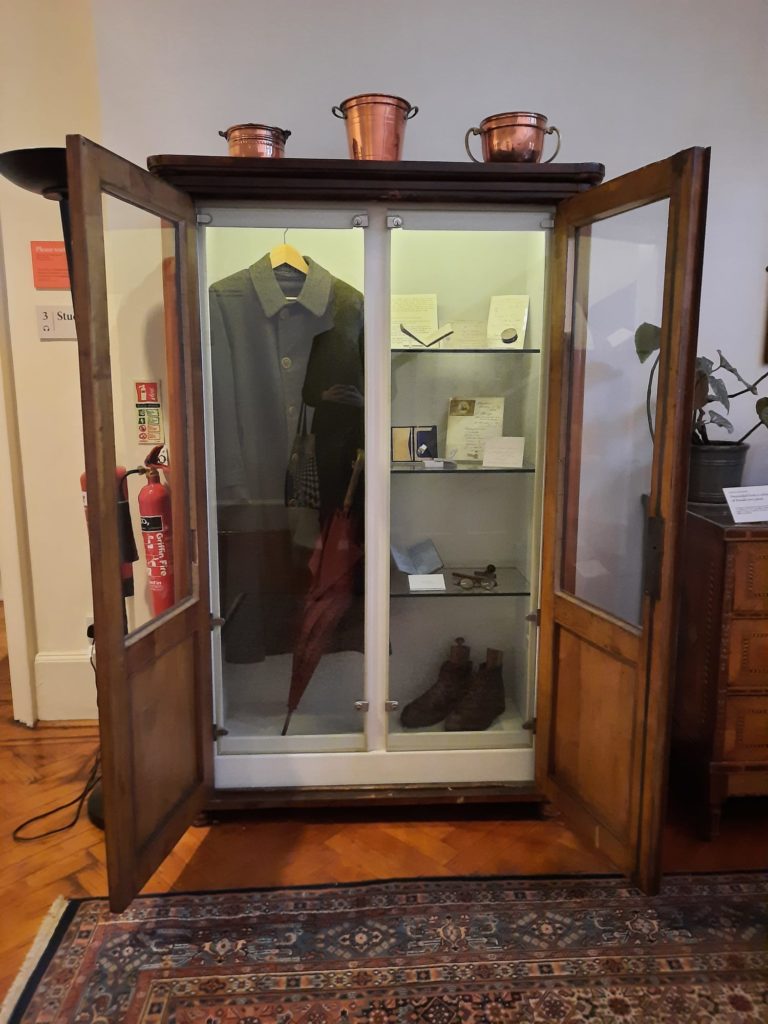
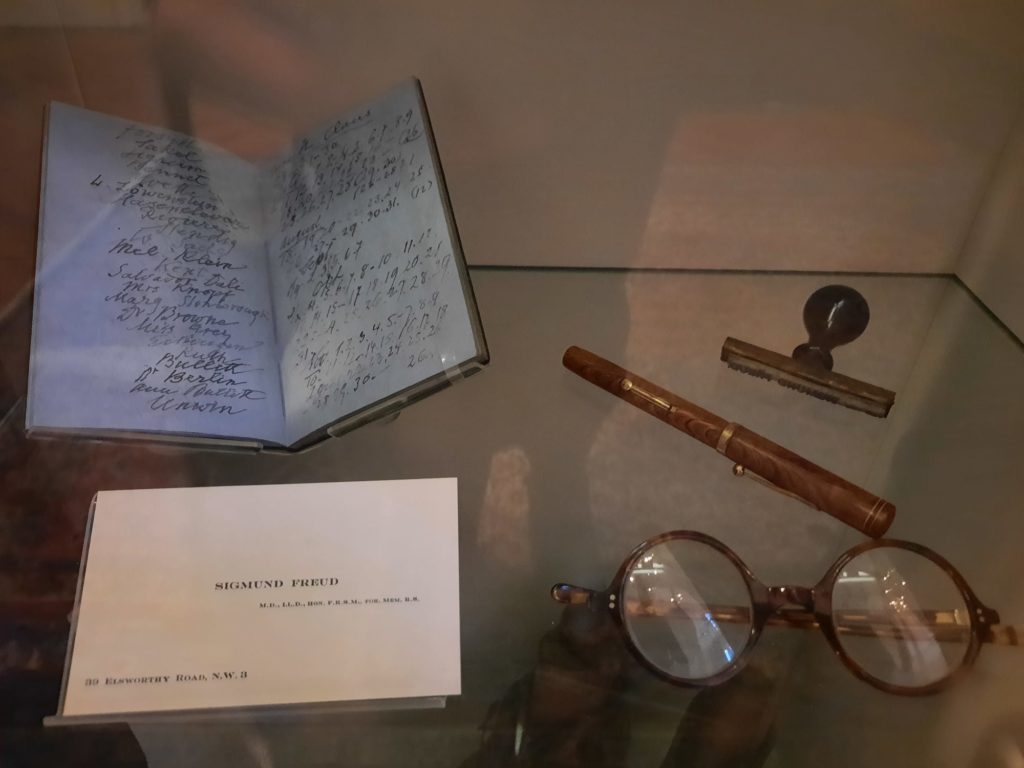
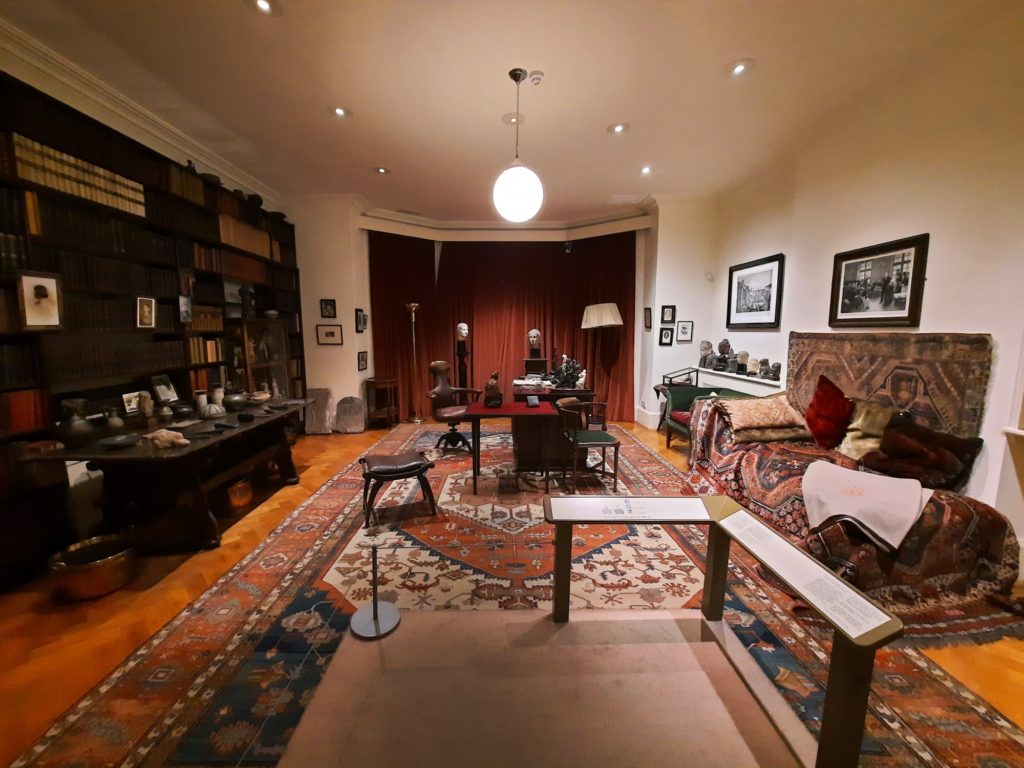
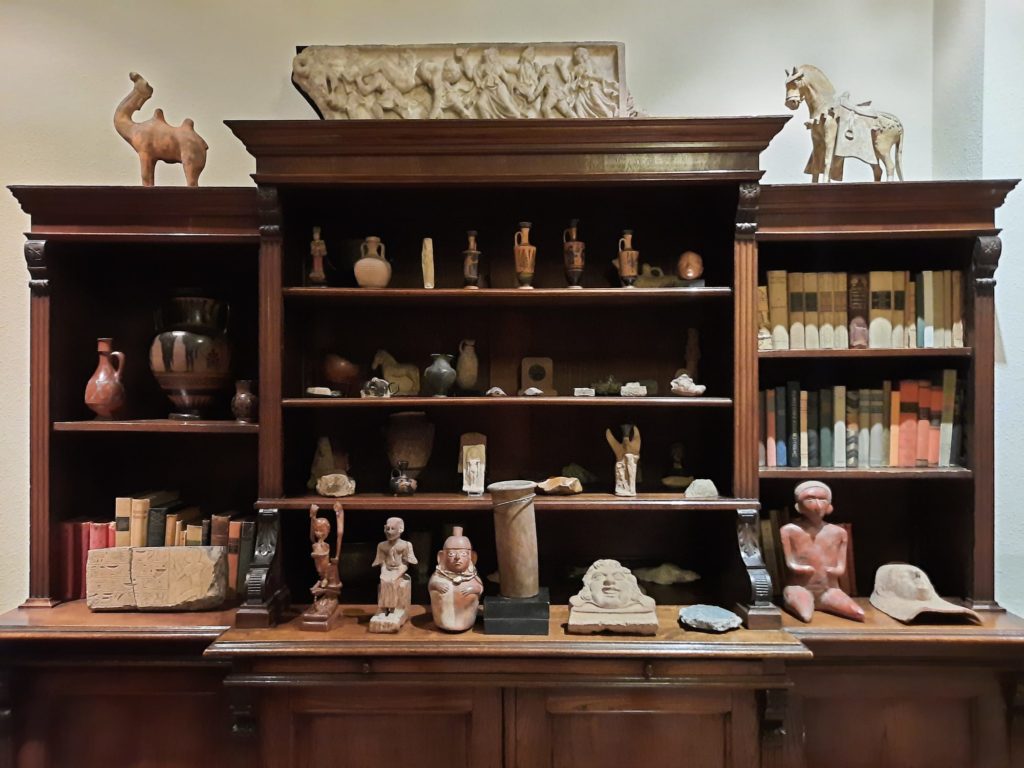

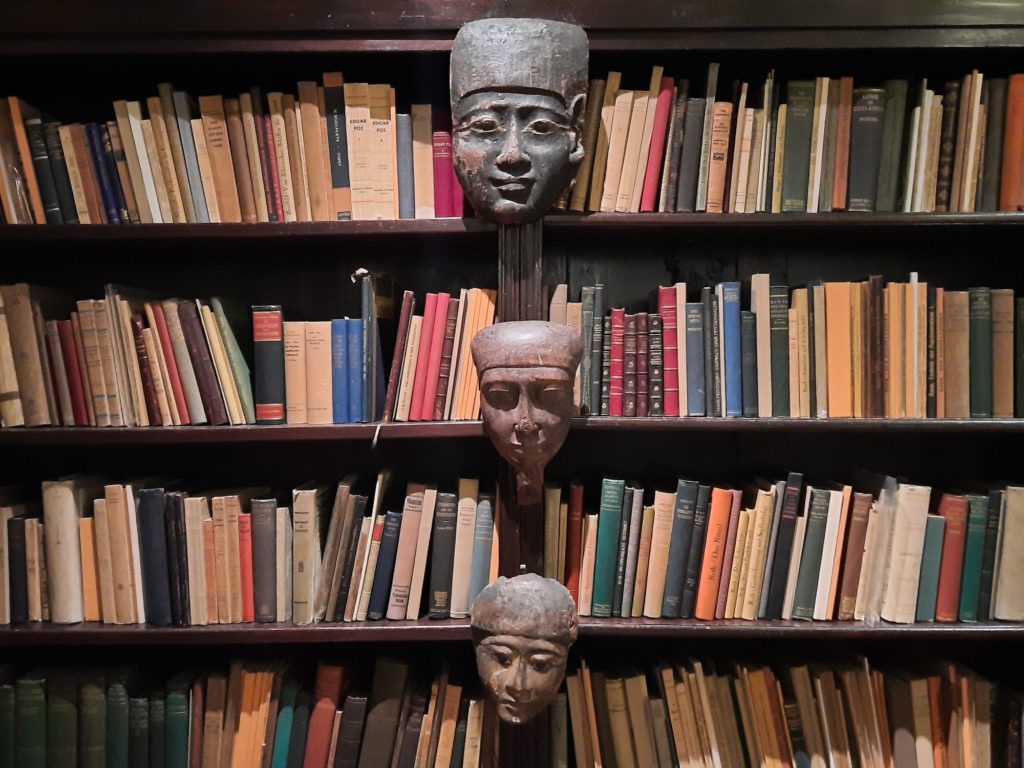
Visiting The Freud Museum
I imagine many visitors to the Freud Museum are most interested in seeing the main event – Freud’s consulting room, including the famous couch. But the Freud Museum team do a very good job of setting the scene before you get to that part. When you visit today, you come in through the tranquil garden, which was a source of comfort to both Sigmund and Martha Freud. There is a shop with reception desk, and then you enter into the family’s former dining room.
It’s in the dining room that you can get an introduction to Sigmund Freud and the Freud family, their path as refugees, the evolution of the home and it’s decor, and even the basics of psychoanalysis. Information panels introduce you to each member of the household, including the dogs. You get a sense of what the museum is trying to achieve, as well as enough background to help you make sense of it. It’s really quite a lot of information for a small space, but is condensed so that it doesn’t feel overwhelming. A fine balance.
Continuing on from the dining room, you then move into the entrance hall. Visitors today don’t use the front door, so the immediate entrance foyer seems to be a space for some sort of custodian who you hear on the phone but don’t see (or at least I didn’t). So you explore the hall, then Freud’s consulting room, then head upstairs. Upstairs you find a landing which fills in more detail on the extended Freud family, a room devoted to Anna’s life and career, and a temporary exhibition space.
One feature which I would encourage you to make use of is the audioguide. This is a browser-based feature, so you can access it on your own phone, without downloading an app (yay!). If that option doesn’t suit you, they have print outs of the audioguide content. The tracks are fairly succinct but add useful detail to help you put each room into context. I’m not always a fan of audioguides but I liked this one very much.
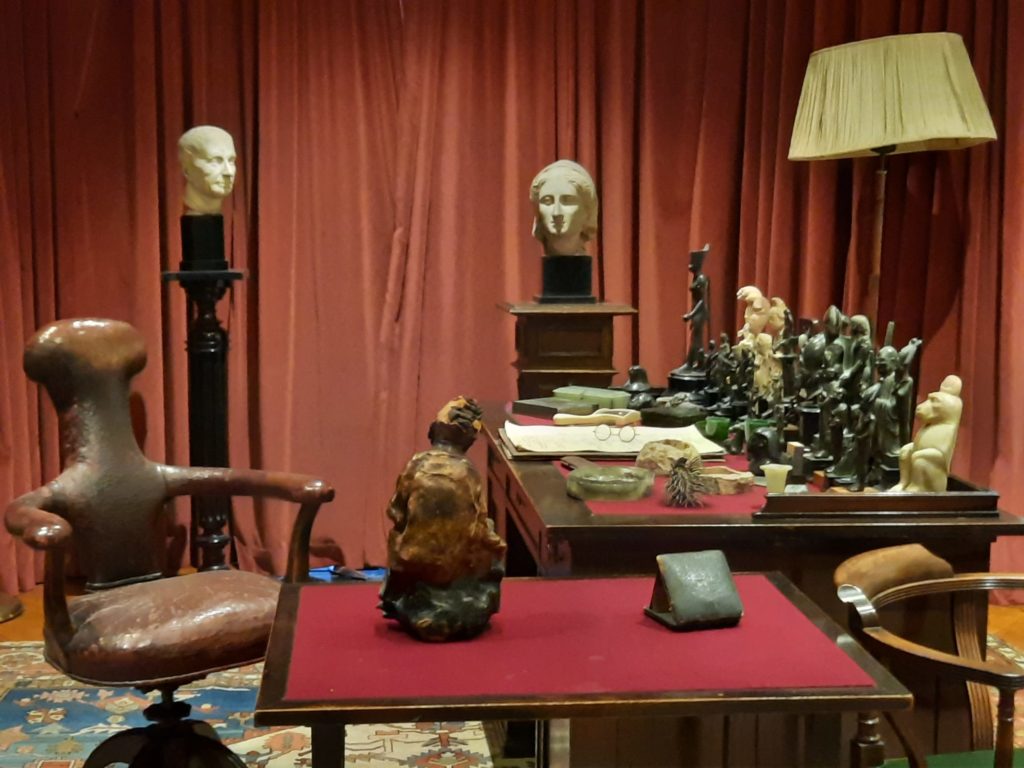
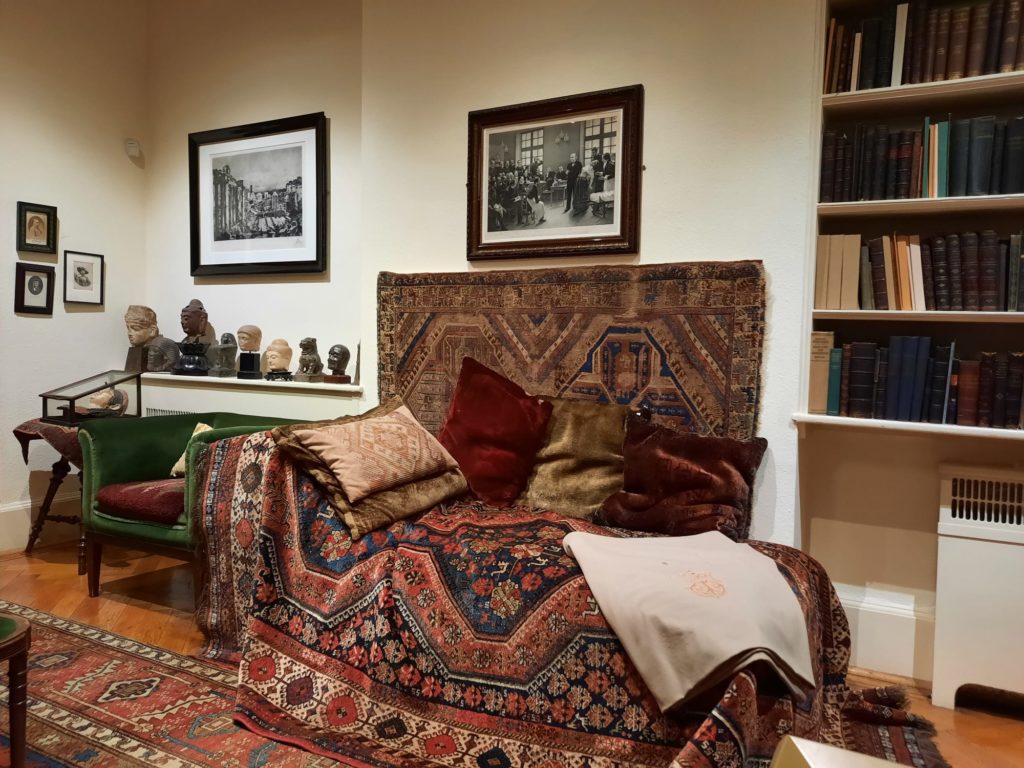

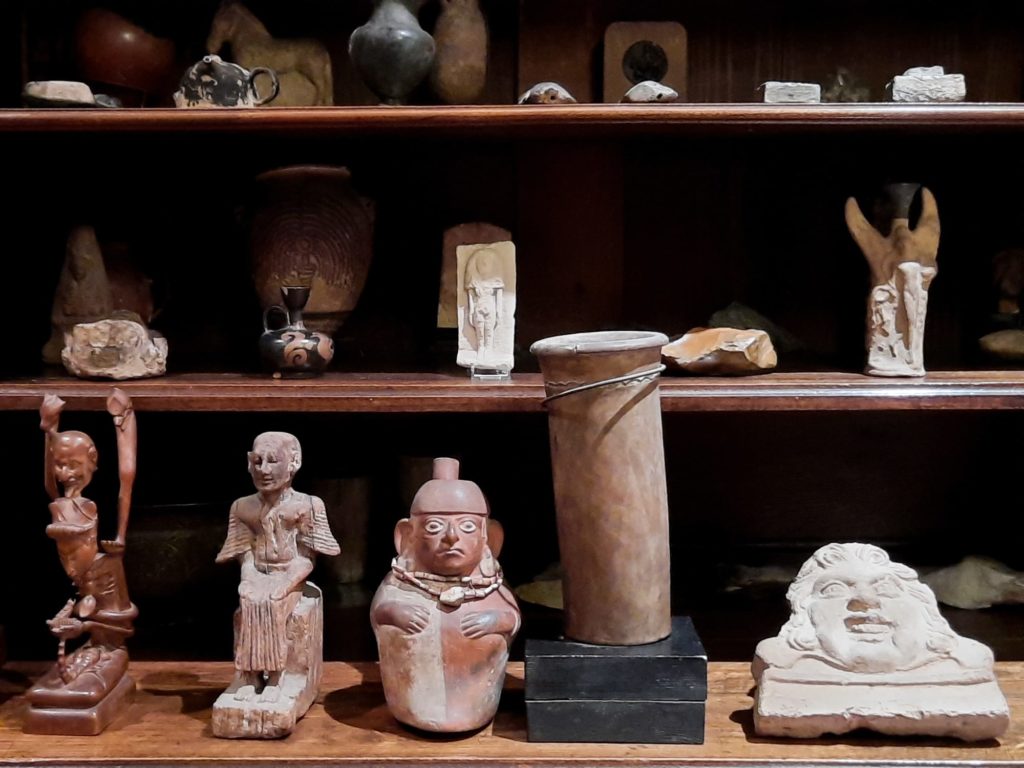

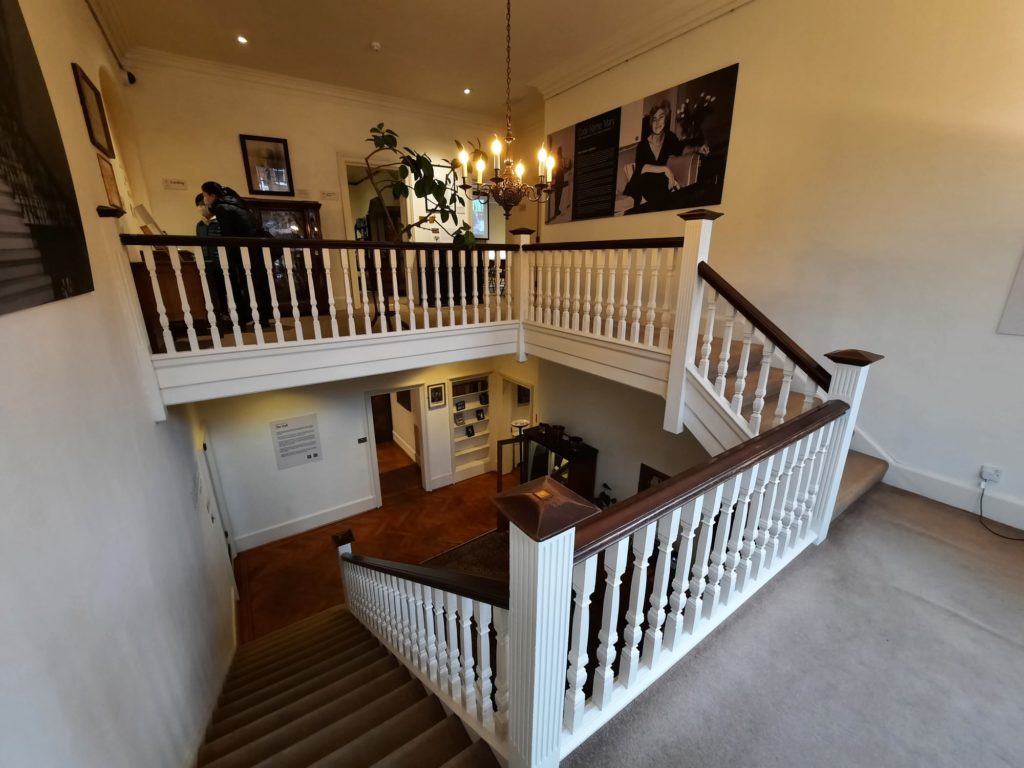
What’s On Display?
You may already have a good sense of this from what I’ve written about so far. In most of the rooms, there’s a mixture of objects owned by the Freud family, and interpretation panels. Thematically they are presented in a way that’s consistent with their original usage, but most of the rooms are not ‘preserved’. What I mean there is that in the dining room there’s nothing incongruous like bedroom furniture, but there’s also not a dining table. The room devoted to Anna Freud must have been a bedroom, but is presented more like a proper museum space with objects in a cabinet and others behind a barrier.
The only room that is still memorialised as it was originally used is Sigmund Freud’s consulting room/study. I absolutely loved this room. Mainly because full bookshelves and a jumble of interesting artefacts is an aspirational design aesthetic for me… But it’s also so interesting to see how Freud worked. There’s a modern desk chair that was designed so he could hook a leg over it while reading. Comfortable Persian carpets on the floors and couch. And antiquities EVERYWHERE. What a treasure trove of objects from Egypt, the Greek and Roman worlds, South America and elsewhere. It’s anything but clinical, which as someone with no real knowledge of psychoanalysis I found quite interesting.
I often think about this when I’m in museums or other places with a strong family connection, but what is also interesting at the Freud museum is what is said and unsaid. Converting the house into a museum was Anna Freud’s vision. There’s a lot about her personal life that is glaringly unsaid in the information panels. Was that her choice? A choice of the current management/board which still includes at least one family member? Not included as it wasn’t considered relevant to the story they are telling? Hard to say, but an interesting lens through which to view the choices that have been made in creating the Freud Museum.


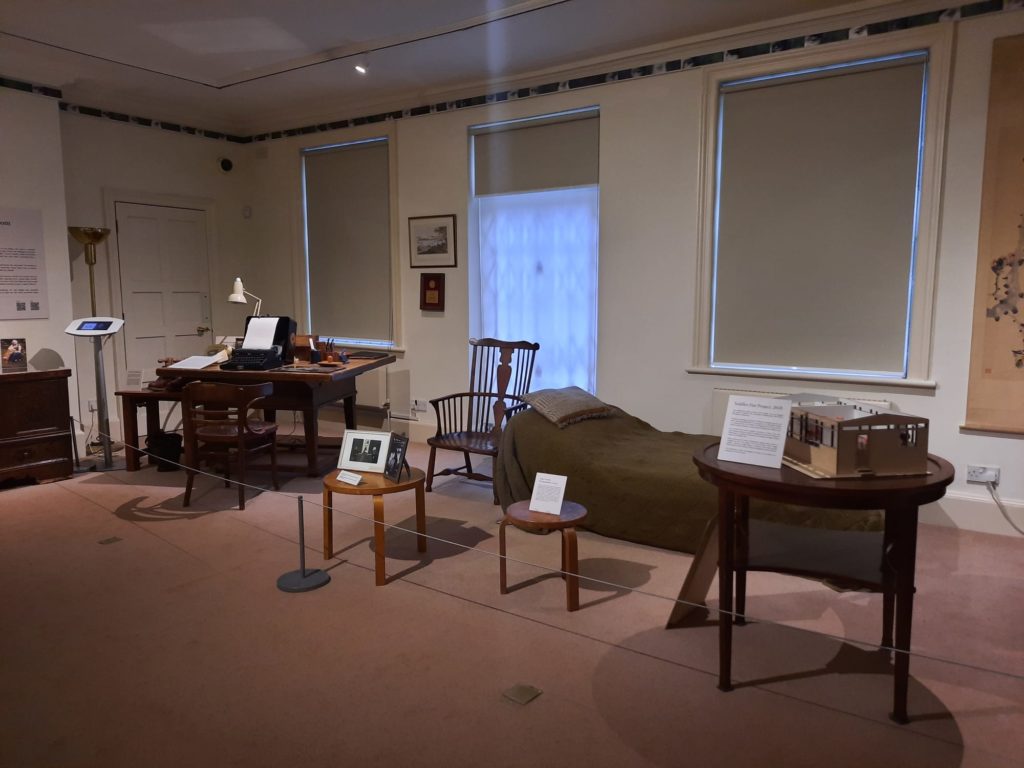
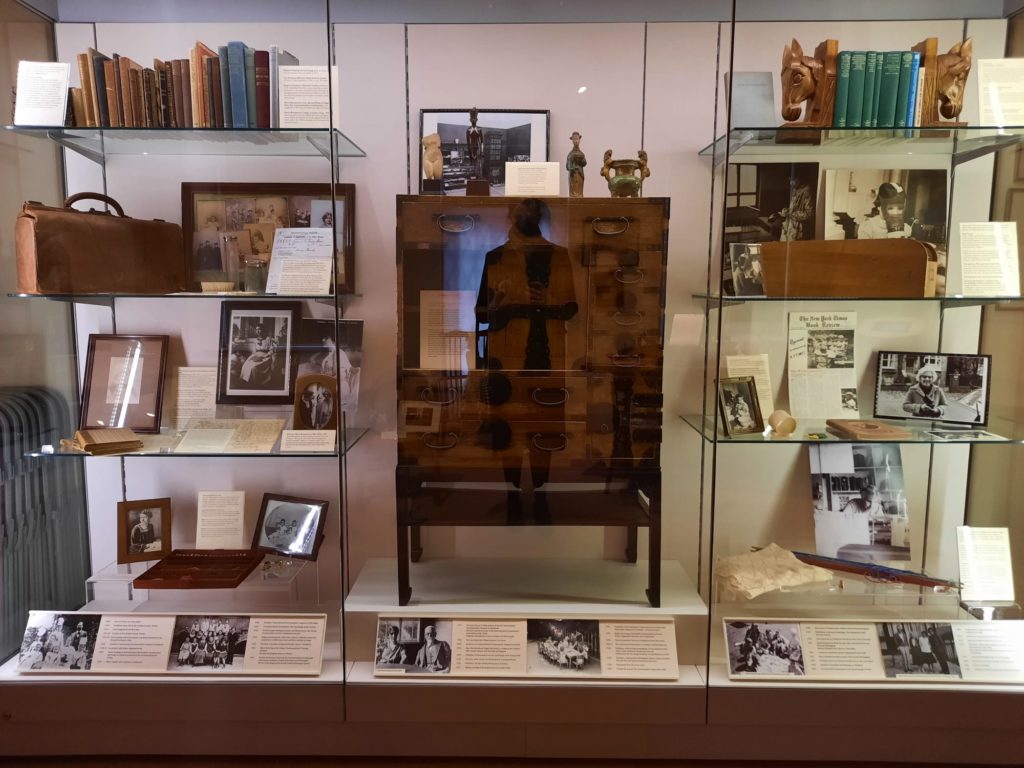

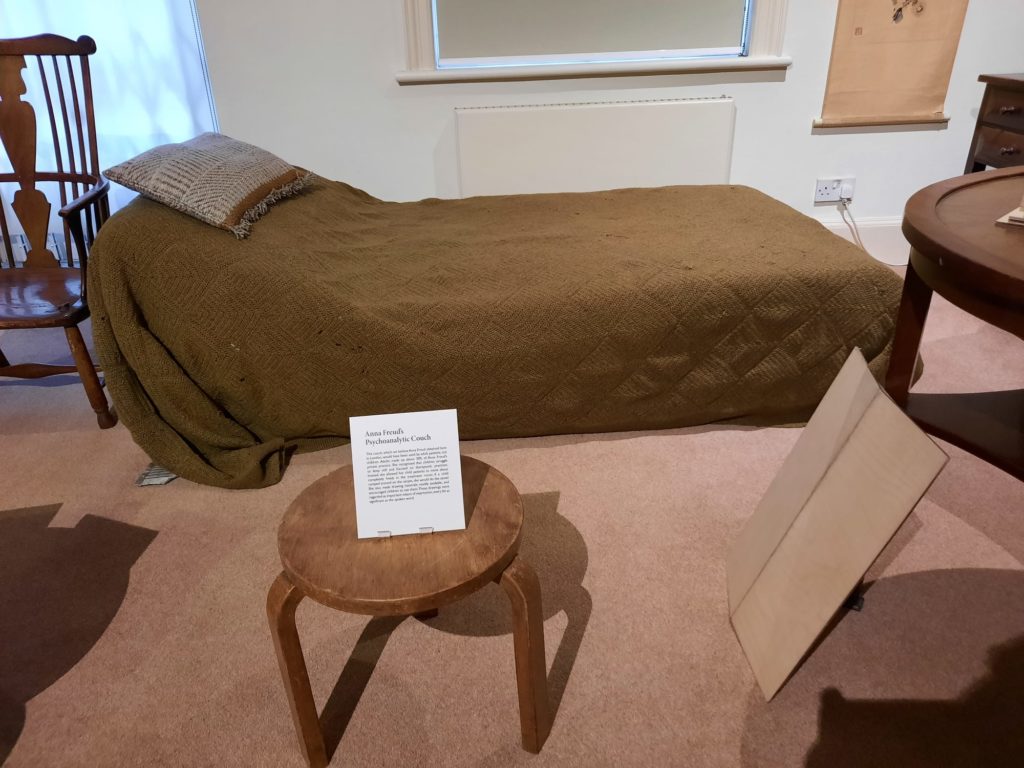
Final Thoughts
The Freud Museum is most definitely worth a visit. I learned a lot, for starters. And, like many house museums (see for example this one or this one), I found that seeing where someone has lived creates a connection with them that brings them to life. Maybe that’s just what it takes to get my imagination going?
Most of all I think the Freud Museum is an example of the way that a physical place can illustrate and connect many different stories. There is the story of psychoanalysis. The story of Sigmund Freud and his family. That of Nazism and persecution. The specific story of Anna Freud and her life and career in and out of her father’s shadow. How a family home changes over generations. London as a centre of intellectual life and culture. London as home to refugees. The development of Hampstead as a suburb. That’s a lot to unpick in a few small rooms; what visitors take away from their visit to the museum will depend very much on their interests.
It is the physical space which grounds all of these interconnecting threads and gives them presence. The Freud Museum makes the experience interesting without being didactic. And they give a warm welcome to visitors, wherever their interests lie. Well worth a trip to see for yourself.
Salterton Arts Review’s rating: 4/5
If you see this after your page is loaded completely, leafletJS files are missing.

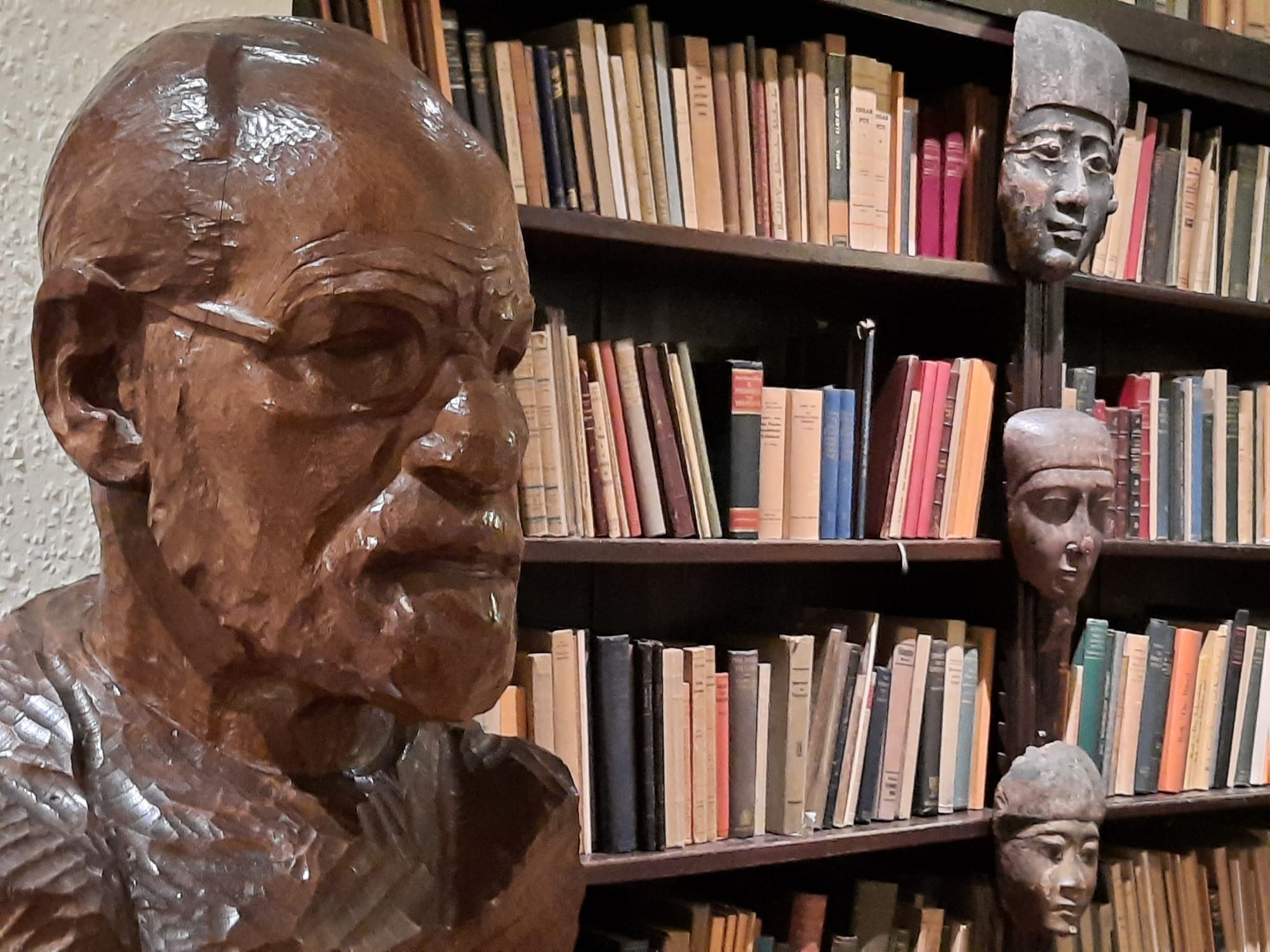
2 thoughts on “Freud Museum, London”